Table of Contents
Buying a whole chicken is a cost-effective way to get a lot of protein. With frequent sales and coupons, you can often find whole chickens for as little as $0.99 to $1.49 per pound, making it a budget-friendly option compared to pre-cut chicken parts.
This guide will walk you through breaking down a whole chicken into various cuts for different cooking applications, maximizing its value and versatility.
1. Initial Breakdown:
- Splitting the Chicken:
- Begin by placing the chicken breast-side up on a clean cutting board.
- Using sturdy kitchen shears or a sharp chef's knife, cut through the skin and bones along the center of the breastbone, dividing the chicken into two halves.
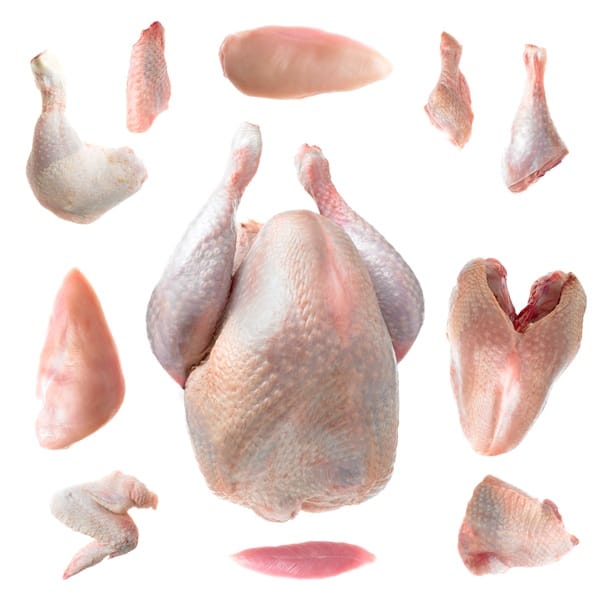
2. Separating the Legs and Thighs:
- Leg and Thigh Sections:
- Take one half of the chicken and locate the joint where the leg and thigh connect to the body.
- Cut through the skin and joint to separate the leg and thigh from the body.
- Separating the Drumstick and Thigh:
- Locate the joint connecting the drumstick (leg) and thigh.
- Cut through the joint to separate the drumstick from the thigh.
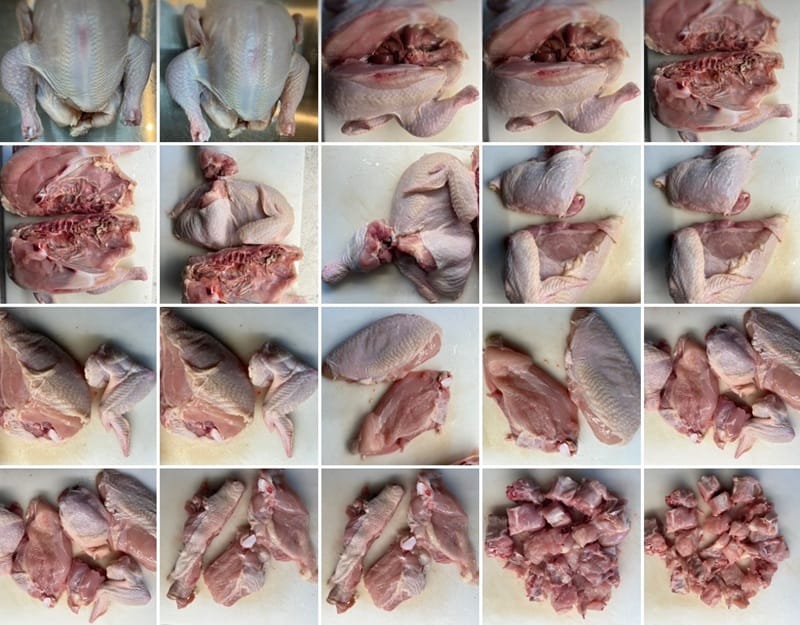
- Drumstick Trimming:
- Trim the narrow end of the drumstick, removing approximately a 1-inch piece. Reserve this trimmed piece for adding to chicken soup, as it will add flavor.
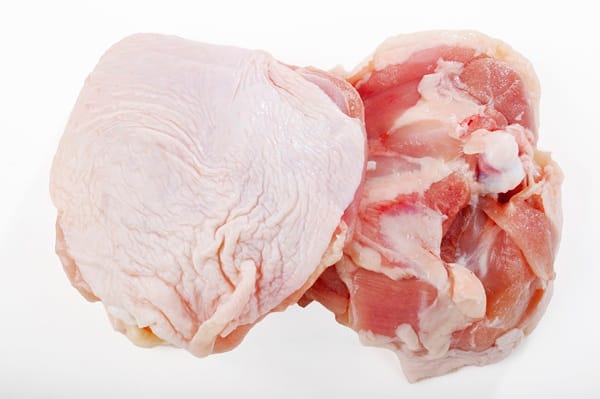
3. Removing the Breasts:
- Boneless Breasts:
- With the remaining chicken carcass, carefully run your knife along the rib cage to detach the breast meat.
- Try to remove the entire breast piece while leaving a small amount of flesh on the rib cage.
- Rib Cage and Bones:
- The rib cage with the remaining flesh can be chopped into smaller pieces and added to your chicken soup.
- Also reserve the chicken neck, the center bone, and the giblets (if included) for soup. Cut these into small pieces.
- Place these soup ingredients in a labeled zip-lock bag and freeze for later use.
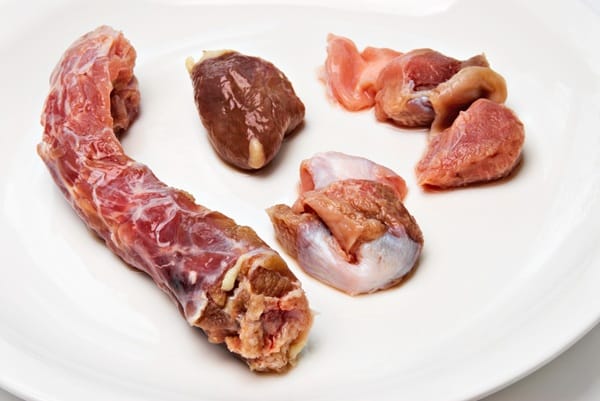
4. Preparing the Breast Pieces:
- Thick Breast Slices:
- Slice one of the boneless breast pieces into approximately 1/2-inch thick slices. You should be able to get 5 to 6 slices from one breast.
- These thicker slices are ideal for marinating, pan-frying, or air-frying.
- Place the sliced breast meat into labeled zip-lock bags, and freeze for later use.
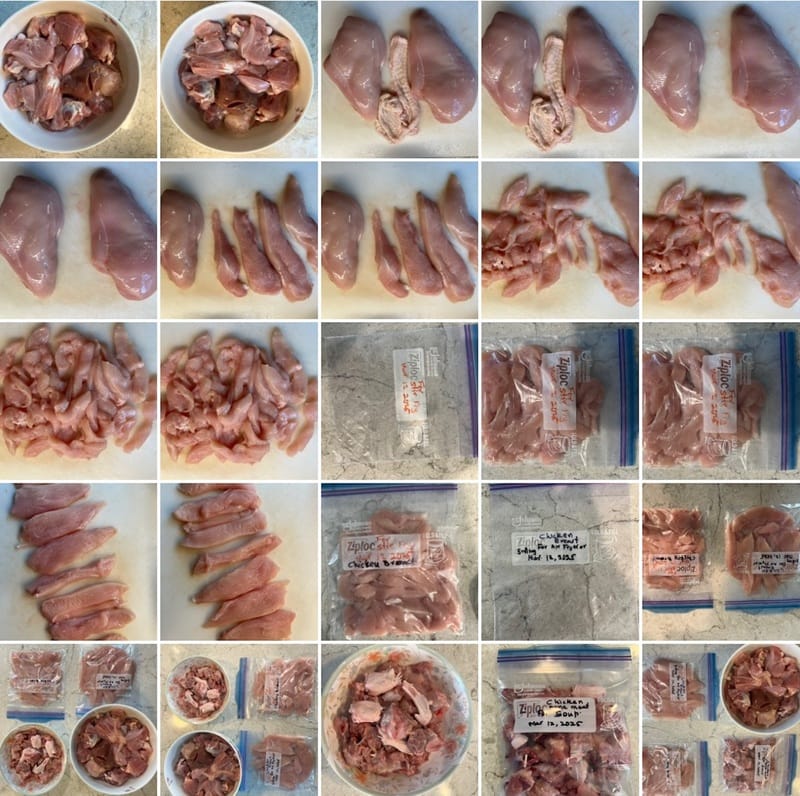
- Thin Breast Strips:
- Slice the other boneless breast piece into approximately 1/2-inch thick slices. You should be able to get 5 to 6 slices from one breast.
- Angle your knife and thinly slice the slices into strips.
- These thin strips are perfect for stir-fries or sautéing with oil, onions, garlic, ginger, spices, and salt.
- Place the sliced breast meat into labeled zip-lock bags, and freeze for later use.
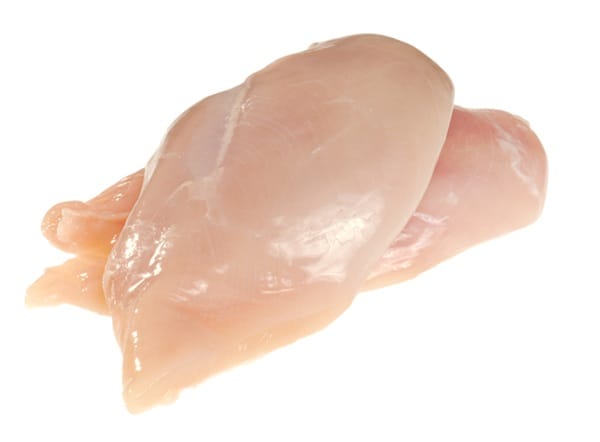
5. Preparing the Leg, Thigh, and Wing Pieces:
- Skin Removal:
- If desired, remove the skin from the leg, thigh, and wing pieces.
- Cubed Meat:
- Cut the leg and thigh meat into approximately 2-inch cubes with bone in.
- These cubes are excellent for curries, stews, or other braised dishes.
- Wing Preparation:
- The wings can be added to the stew/curry meat.
- If the chicken included the liver and heart, those can also be added to the stew/curry meat.
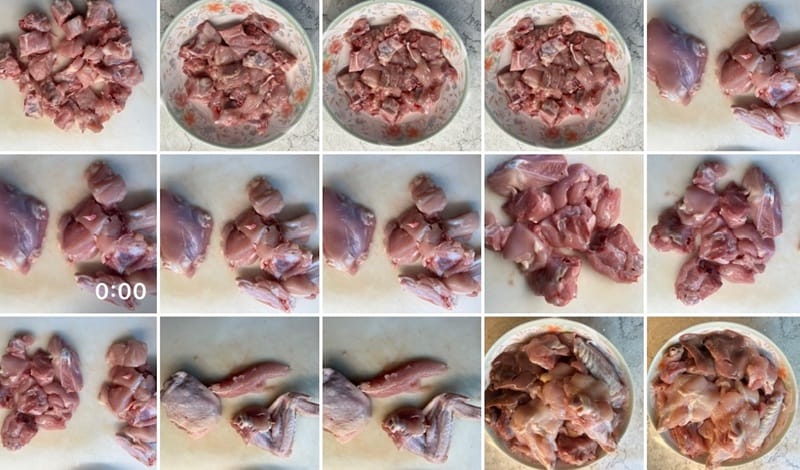
Storage:
- Always store raw chicken pieces in airtight, labeled zip-lock bags in the freezer.
- Make sure to label each bag with the date, and the contents of the bag.
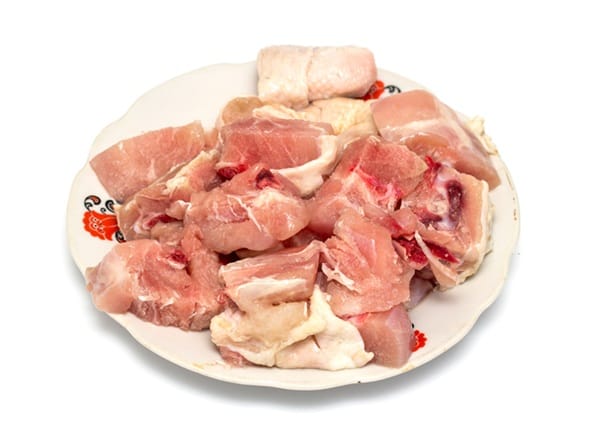
Benefits:
- By breaking down a whole chicken, you can utilize every part, minimizing waste and creating a variety of meals.
- This method is more cost-effective than buying pre-cut chicken.
- It allows you to customize your cuts for specific recipes.









